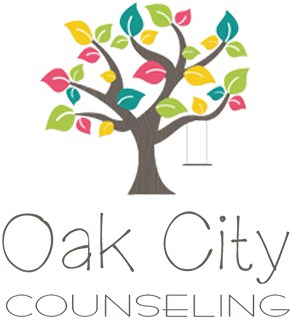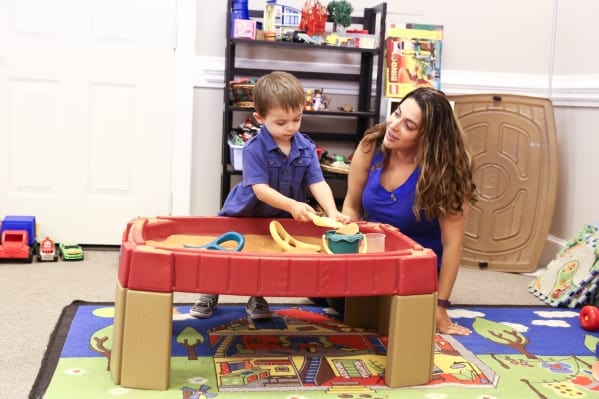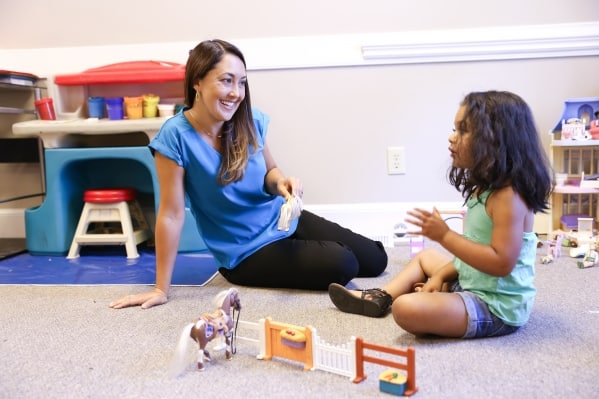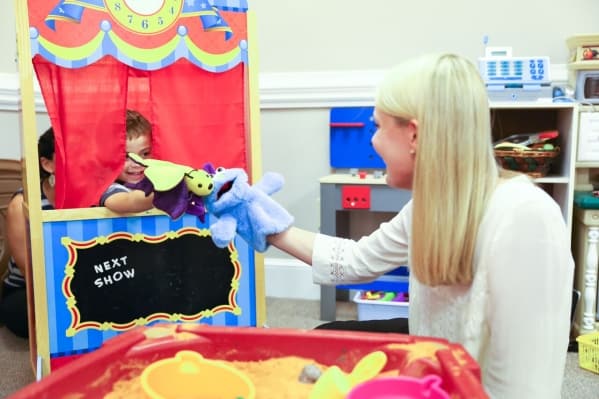Play is a universal language which is ‘spoken’ by all children everywhere, regardless of race, socioeconomic status, culture or native language. This is an appropriate method of communication for even pre-verbal children age 12 months or younger.
As adults our cognitive abilities allow us to understand and communicate verbally. We are able to have self awareness through talk therapy. Children are often encouraged by parents, teachers and professionals to ‘talk about their feelings’, understand themselves and learn how to control their behavior. Adults often become frustrated with children who they feel refuse to listen, don’t follow rules or respond to lectures or threats.
What has recently emerged in the field of mental health is the understanding of how a child’s brain reacts to stress and trauma and how traumatic experiences can impact their behavior and emotions. Historically, professionals have focused efforts on getting children to talk about their experiences in an effort to have a catharsis or emotional release the way that adults might. Over the years we are learning that this approach can actually be more damaging than beneficial, potentially re-traumatizing children who are unable to understand or make sense of experiences; in essence they may relive frightening situations.
The process of Child Centered Play Therapy (CCPT) involves allowing children to do things for themselves in the play therapy room. The play therapist does not provide answers, teach or show children how to complete tasks; they are free to discover and explore themselves.
Play is symbolic and allows children to process feelings through sensory-motor activities-movement, touch, smell, taste-and allows children to organize their experiences during play. This technique allows children to feel secure, independent, and powerful and is especially important for those who have been exposed to trauma or chaos where they may have felt helpless.
Recent research shows that Play Therapy operates on lower brain regions including the Limbic System and Central Nervous System (where the fight/flight response originates). Traditional talk therapy utilizes the higher brain regions such as the Cortex (the rational brain) which allows for verbalization, understanding, logic and reasoning. Lower brain regions are more non-verbal and responsive to touch, sound and movement all of which are accessed during Play Therapy. In children the Cortex is not as well developed as in adults. Thus, Play Therapy helps children self-soothe and reorganize the lower brain regions.
The relationship between child and play therapist is crucial in having a ‘successful’ therapeutic experience. The play therapist must be able to accept the child no matter what is revealed or expressed thru play and must be careful not to project their own feelings or attitudes during the therapeutic session.
Play Therapy has been shown to be effective in dealing with issues such as:
- Trauma- divorce, separation, abuse/neglect, foster care, adoption
- Attention Deficit/Hyperactivity Disorder (ADHD)
- Behavior problems
- Depression
- Anxiety
- Autism
- Anger Management





